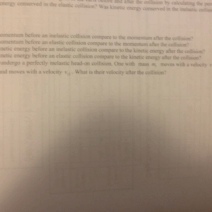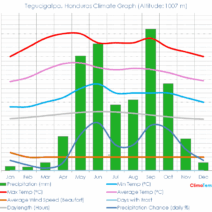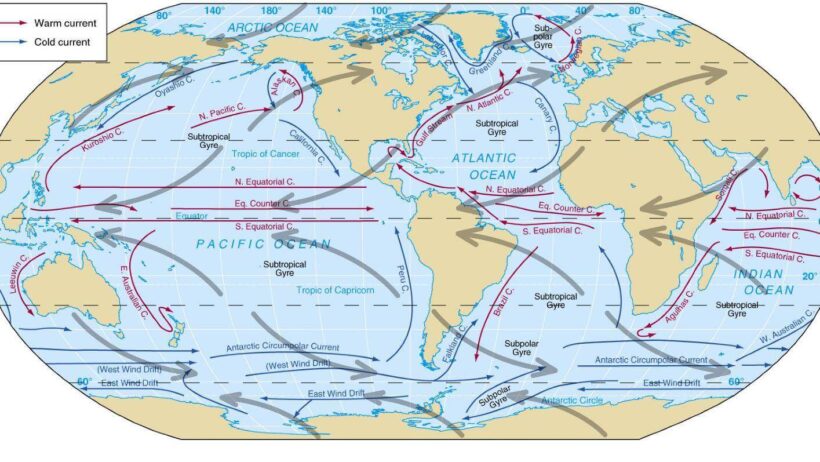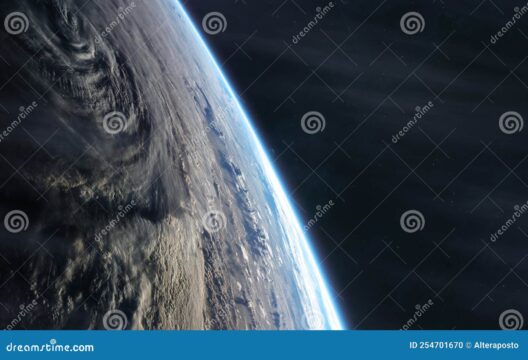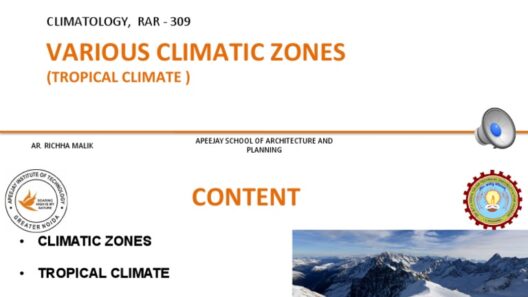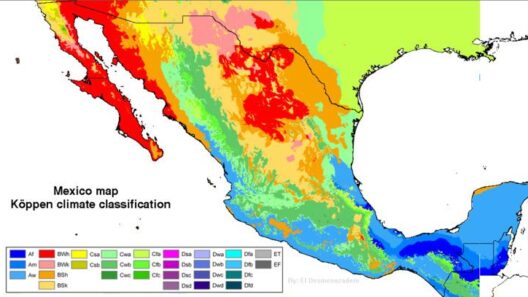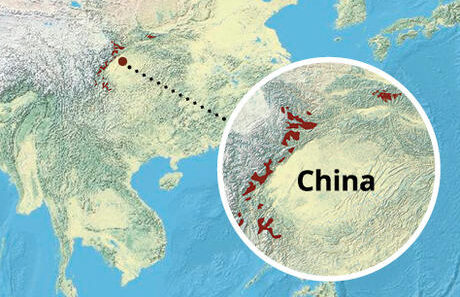Ocean currents play a pivotal role in regulating the Earth’s climate, operating as a vast conveyor belt that redistributes heat across the planet. Their influence extends far beyond merely moving water; they affect weather patterns, alter precipitation rates, and even impact marine ecosystems. It is the intricate dance of these currents, often invisible to the naked eye, that sustains life on Earth while shaping our climatic and atmospheric conditions. Understanding the mechanics behind ocean currents elucidates why they are not only vital for environmental stability but also a subject of enduring fascination.
The foundation of ocean currents lies in their distribution and types. Predominantly categorized into surface currents and deep-water currents, these systems are propelled by various forces, including wind patterns, the Coriolis effect, and differences in water density due to temperature and salinity. A nuanced map of the world reveals a network of currents that connect even the most distant parts of the globe. The warm Gulf Stream transports heat from the tropics all the way to the North Atlantic, moderating temperatures in regions like Western Europe. Conversely, the cold Humboldt Current along the coast of South America cools the air and affects weather patterns significantly in that region.
Surface currents, which are typically confined to the upper 400 meters of the ocean, are directly influenced by wind. These currents, such as the North Atlantic Drift, have profound implications for regional climates. For instance, the North Atlantic Drift alters the climate of the British Isles, bringing milder winters than those experienced at similar latitudes in Canada. In stark contrast, deep-water currents—responsible for thermohaline circulation—function on a much larger scale, transporting cold, dense water from the poles back toward the equator. This global conveyor belt is crucial for nutrient distribution, thus sustaining marine life and influencing atmospheric conditions.
Central to the discussion of ocean currents is the phenomenon of thermohaline circulation, sometimes known as the “great ocean conveyor belt.” This process is driven by variations in water density, largely influenced by temperature (thermo) and salinity (haline). The sinking of dense water in polar regions creates a deep-water current that travels across the ocean basins. Eventually, this deep-water circulation rises back to the surface, usually in equatorial regions. As it does, it brings nutrients and supports diverse marine ecosystems. This cycle of rising and sinking not only shapes oceanic life but also influences climate patterns across the globe.
The significance of ocean currents transcends physical geography; they influence weather events and climate extremes. For instance, alterations in currents have been implicated in the development of El Niño and La Niña phenomena. These climatic events affect precipitation levels, droughts, and hurricane activities across continents. During an El Niño event, warmer Pacific waters shift the usual weather patterns, leading to increased rainfall in some areas while generating drought in others. The implications of these shifts are profound, impacting agriculture, water supply, and disaster preparedness around the world.
Maps illustrating ocean currents present a compelling visual narrative. They depict the flow of warm and cold currents with striking arrows, coloring in the interactions between surface waters and atmospheric conditions. For example, the North Equatorial Current predominantly flows westward, influenced by the trade winds, and this pattern can be traced across the Pacific. The Gulf Stream stands out as it courses across the Atlantic, serving as a stark illustration of how ocean currents connect disparate climates. These maps are more than mere geographic representations; they embody patterns of environmental connectivity and flux that shape our world.
The relationship between ocean currents and climate extends to the concept of ocean as a carbon sink. Oceans systematically absorb a significant portion of carbon dioxide emitted globally. The efficiency of this absorption is contingent upon the dynamics of ocean circulation; when cold currents rise to the surface, they can sequester carbon dioxide more effectively. Conversely, if the circulation is disrupted—due to climate change or melting ice caps—the oceans’ capacity to function as a carbon sink diminishes, exacerbating global warming.
The intricate labyrinth of ocean currents is a testament to the Earth’s interconnected systems. Climate change threatens to disrupt these currents, posing challenges for global climate stability. The potential for alterations in current patterns could lead to drastic shifts in regional climates, with consequences for biodiversity and human populations. Monitoring these changes is crucial, as even slight variations can have cascading effects across ecosystems and societies.
In conclusion, ocean currents are fundamental to understanding global climate dynamics. They orchestrate not only the dispersal of heat around the planet but also determine weather patterns, affect marine productivity, and influence climate change. Mapping their flows reveals a complex, intertwined system that shifts constantly, a reminder of the delicate balance inherent in our environment. As the world grapples with climate change, recognizing the critical role of ocean currents in sustaining life is imperative. Their influence reaches far beyond the boundaries of the oceans, underscoring the sheer complexity of Earth’s climate system and the urgent need for environmental stewardship.
